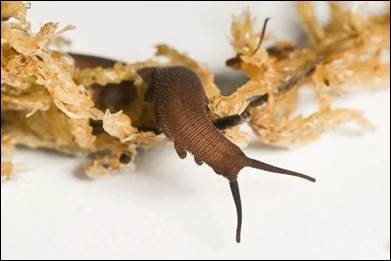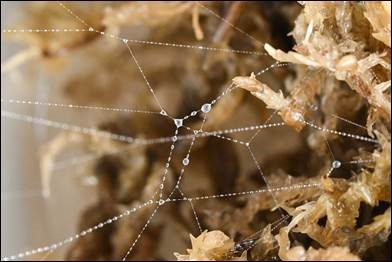A Step Closer to Using Velvet Worm's Slime as Bioplastic - Prof Ali Miserez
We are pleased to share that Prof Ali Miserez’s research on using velvet worm’s slime to potentially develop bioplastics or commercially viable adhesives has been featured in The Straits Times ( link).
The velvet worm’s slime is known to be made of proteins, however, the exact constitution of the slime proteins still eludes scientists. By charting the exact sequence of amino acids in these polypeptides, Prof Miserez and his team were able to study exactly how these proteins interact with one another to give rise to the slime’s unique qualities.
During the sequencing research, it was discovered that a short section of one protein contributed to the slime forming tiny droplets, like oil in water.
This section, known as the N-Terminus or the extremity of a protein, is instrumental in enabling the proteins to form the droplets surrounded by water. These droplets are like “islands” of concentrated amounts of proteins that make the slime very viscous but not solid so that it can be stored by the velvet worm in its body before ejection.
The research work is published in the peer-reviewed scientific journal – Advanced Science, titled “Complete Sequences of the Velvet Worm Slime Proteins Reveal that Slime Formation is Enabled by Disulfide Bonds and Intrinsically Disordered Regions”
For the full media release, please visit here.
 The velvet worm of the Phylum Onychophora and Genus Eoperipatus. (Source: The Straits Times) |  A close look at the velvet worm’s slime showing droplets decorating the threads (Source: The Straits Times) |
Our heartiest congratulations to Prof Ali Miserez and his team on this excellent achievement!







